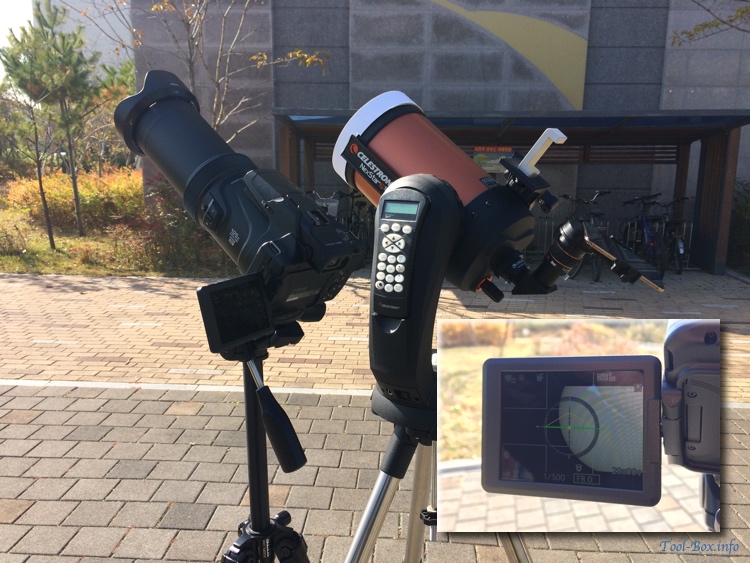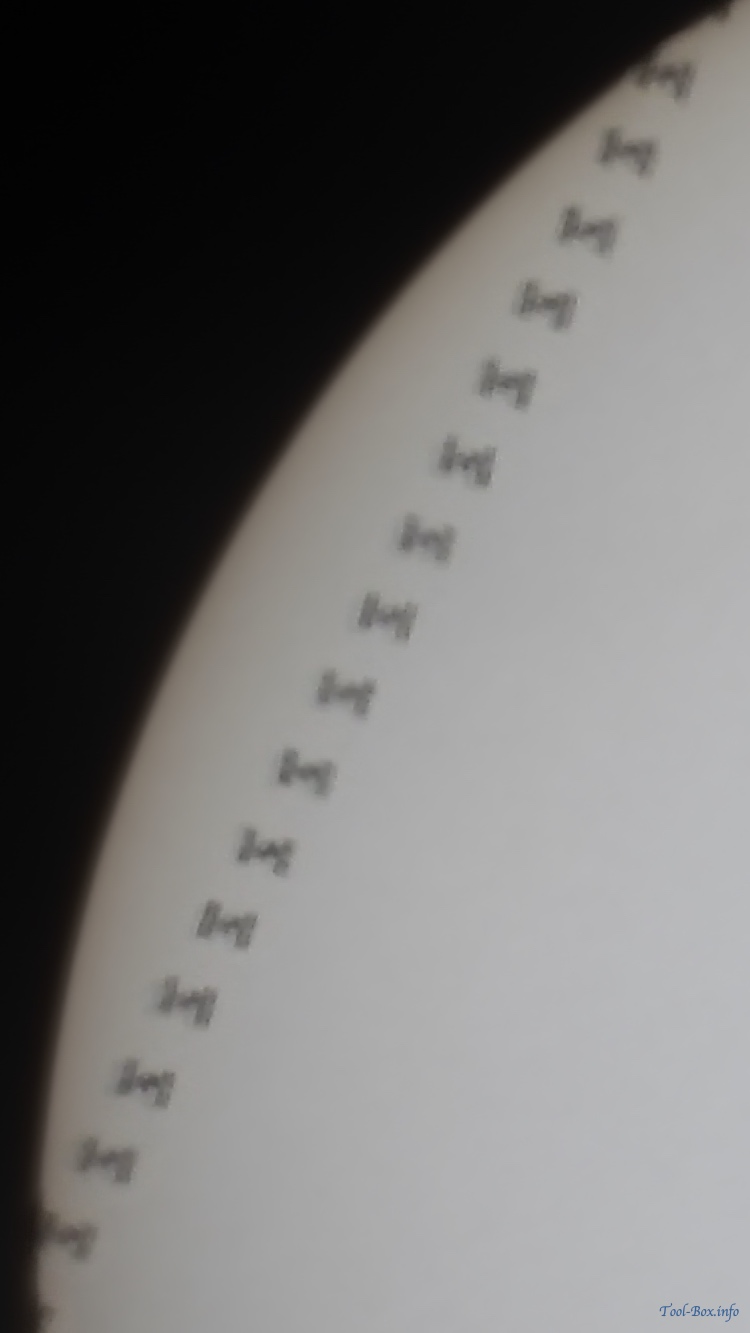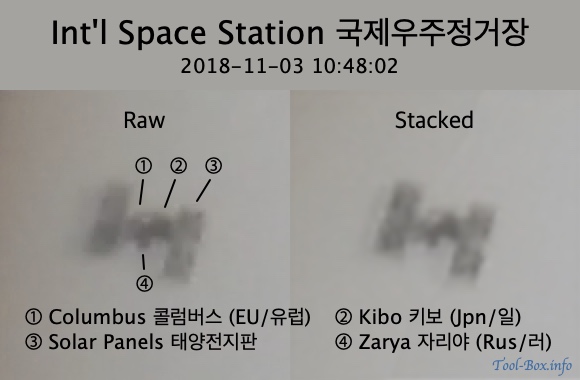Watching a rocket launch: Nuri(KSLV-II) TLV
Posted by Wesley on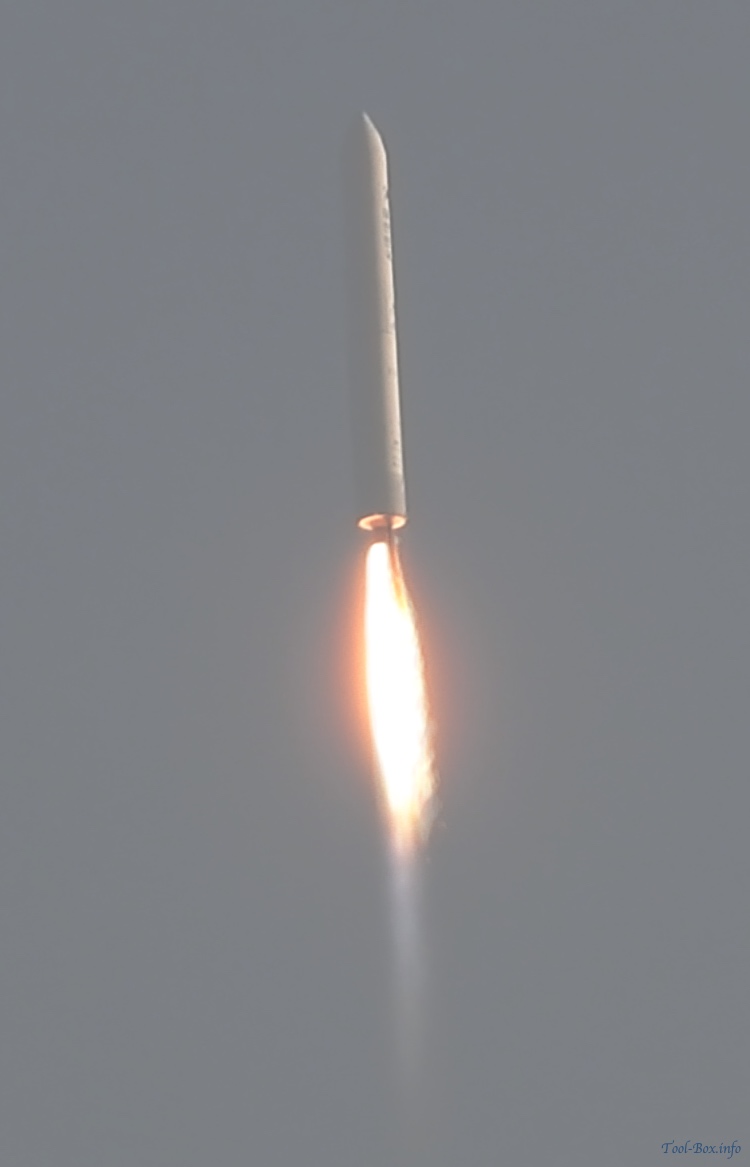
Nuri TLV at T+34s - soaring into space with "대한민국" (Republic of Korea) on the right-hand side
Republic of Korea (South Korea) has been developing a fully indigenous launch vehicle called Nuri, also known as KSLV-II, after the joint development of KSLV-I (Naro) with Russia was complete five years ago. The key piece of this technology is the KARI 75-Ton rocket engine, of which four of them would be used on the first stage and one on the second stage. To see that the engine actually can launch itself, a single-engine single-stage version of the rocket, called TLV (Test Launch Vehicle) was created. It was launched successfully today at 16:00 sharp, Korean Standard Time, and I was able to record it fully, as you can see here.
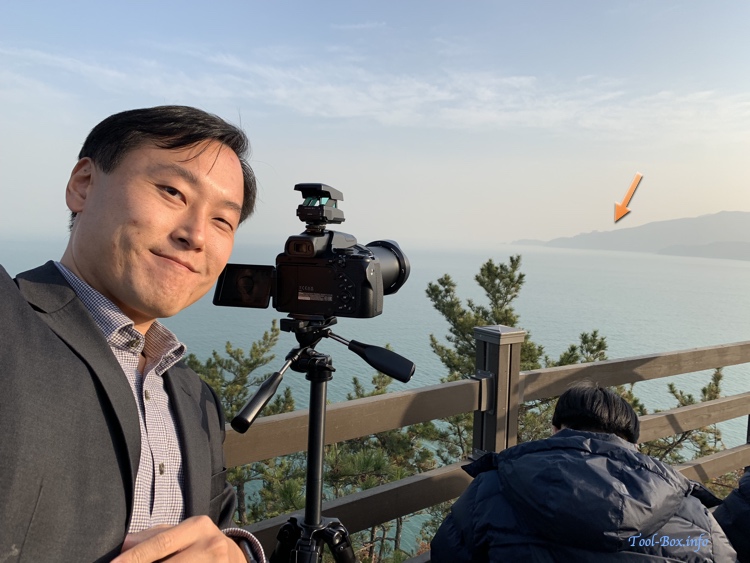
Watching the launch from across the sea with Nikon P1000 set to maximum zoom
Originally slated for October 25, the launch was delayed to today, November 28, 2018. But I was still able to take half a day off from work to see this for myself. I headed to a nice lookout spot in Naenaro Island, only about 7km from the launch site, which was not quite as obscure as I initially thought - there were already dozens of people there when I arrived, including a TV crew. Luckily, there was still a spot for me to set up my Nikon P1000 camera for observation and recording.
The distance was too far for the naked eye to properly see the rocket. Only the fiery dot could be seen rising up to the sky. But the P1000's powerful zoom was more than good enough to capture the sight in its full glory. I was able to track the rocket with relative ease using the Olympus EE-1 dot sight attached to the camera. For the full video recording, see below.
For some more frame captures, please read on.
